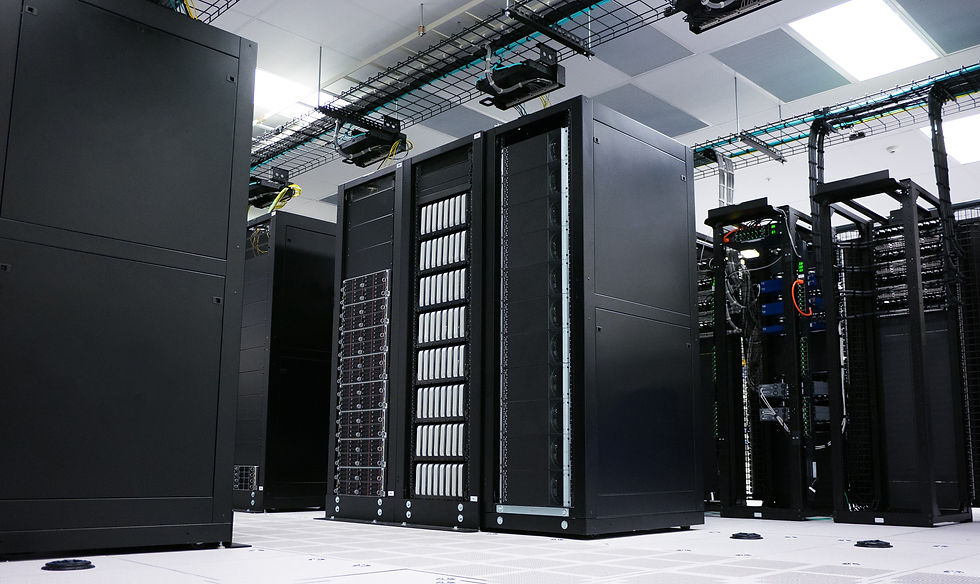How to approach to indoor location apps (indoor GPS tracking)
- indivar reddy
- Jan 7, 2020
- 4 min read
Updated: Jan 23, 2020

Photo by Andrew Charney on Unsplash
When it comes to design, the Wix blog has everything you need to create beautiful posts that will grab your reader's attention. Check out our essential design features.
We would like to share our opinions of indoor location technology with you as we have for a while toiled with this and are proud to say that we have successfully implemented a commercial project. And that too in supermarkets. YES!! with all the varying crowd and unpredictable conditions.
Indoor location ... does not GPS (this is a common misunderstanding but lets go with it)
So what is indoor location or indoor positioning system? It's like Google maps indoors. It helps us know the position of a device (most commonly the smartphone) inside a building where GPS signals don't reach. Also GPS is only accurate to approximately 8 meters give or take. This is pretty huge for indoors and we would want higher accuracy especially inside buildings and commercial spaces. Especially since a lot can change in a couple of meters.
The most popular method we use to figure out where we are is called Trilateration though sometimes we call it Triangulation (which is incorrect). Maybe because it is easier to pronounce. There is a great article here for you to read to figure out the difference between the two. This is also what is used in GPS location.
In Trilateration, the method is quite simple. Assume you are blindfolded in a hall with 3 of your friends who are constantly talking to each other at moderate volume.

If Sam and Kim are loud but Joe is feeble, then you are mostly at location 1.
If all 3 are faint, then you are at 6.
If Joe is loud but Sam's and Kim's voices are lower, chances are you are at 5.
And so on....you get the drift.
Similarly like Kim Sam and Joe, there are satellites all around that keep transmitting signals and the time they send them and when your GPS device receives them can pretty much tell you how far the device is from the satellite and this information from various satellites will pretty much tell you where you are located on this earth.
Of course you need a map. The GPS tells you where you are on the MAP.
Similarly for indoor location, the most popular choice is BLE (Bluetooth Low Energy) beacons or simply bluetooth beacons instead of satellites. These are small devices that emit bluetooth signals periodically. In the signal they also send information identifying themselves and the signal strength they are transmitting at.
When the device receives these signals from various prominent beacons, it can compute where it is located.
Some pitfalls that make this impractical in commercial environmentsBecause the distance is really small (a few meters) and lots of objects especially humans who are made up of some 60% + water disrupt these signal strengths. Added to this is the varying number of bodies in commercial spaces.The result is that the distance keeps varying and hence the whole calculation goes haywire.
So the folks working with this tech decided to take a simpler approach. What if we could just use approximation and see if we are close to a beacon or not. Something like saying "if the signal from a certain beacon above a certain threshold, then we can safely say we are in the range of the beacon".
Hence was born another way of deploying beacons. The Proximity way.
Here we just decide whether we are in the beacon's zone or not. So if you have 20 hotspots, just put in 20 beacons. They don't come at a throw away price but at the same time, they are definitely marginal compared to the amount you will spend on the Project.The Proximity way is crude but reliable especially in all commercial with so many variables as discussed before.
The key is to understand Hotspots. Not all places in the area require fine detection. If we look at the example of a foodcourt, there will be places where you need to locate people within 3 feet like the counters. And then there are places where 10ft accuracy is fine like the sitting area. Once you are sure about this bit... the rest is easy .... just put in the beacons.One Drawback you need to keep in mind is that the Phone running the app needs to have it's bluetooth on.
Yes there is one secret ingredient to making this work even better, which we will cover in the next post. For now just go with this.
Apart from this there are several other technologies like using low energy wifi in the same way (Trilateration). The advantage here is that most folks keep their wifi on and you don't need the bluetooth turned on.
Some companies like Philips are trying to do this using lights with different encoding and the camera of your phone to figure out where you are. Of late we have not seen too much of this but it is an option.
Some typical applications of Indoor location technology are
Indoor directions
Contextual advertising
Malls
Some of the Beacon standards are iBeacon and EddyStone. iBeacon being most popular.
If you are planning to get into to some implementation using indoor Technology then go ahead without thinking too much. from the implementations that we have done, it seems to really wow the users. People love it. If you need some help, give us a shout, if nothing else we will share our experience.
Links to some good articles and videos:
https://www.youtube.com/watch?v=rJGl6_crZmwhttps://www.iotforall.com/indoor-positioning-bluetooth-low-energy-ble/https://locatify.com/blog/indoor-positioning-systems-ble-beacons/
Some great beacon manufacturers




Comments